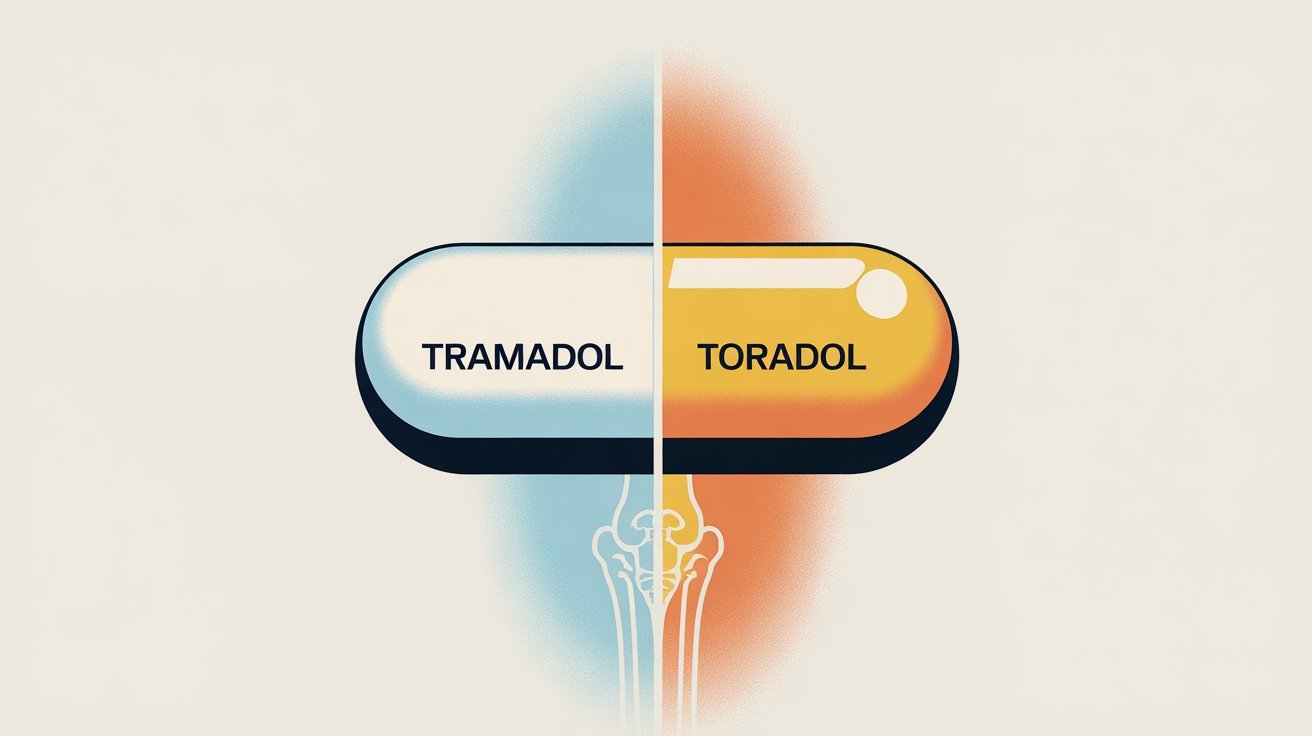When it comes to addressing hair loss, individuals have a variety of options to consider. One of the most popular and effective methods is the Hair Transplant Abu Dhabi, which has gained significant attention in recent years. This procedure involves the transplantation of healthy hair follicles from one part of the body to another, typically from the back and sides of the head to the balding areas. Hair transplantation is a surgical procedure that requires great skill and precision, making it a viable option for those seeking a permanent solution to hair loss.
Introduction to Hair Loss
Hair loss is a common problem that affects millions of people worldwide, causing distress and affecting self-confidence. There are various causes of hair loss, including genetics, hormonal imbalances, and certain medical conditions. Understanding the underlying cause of hair loss is essential in determining the most suitable treatment option.
Understanding Hair Loss Causes
Hair loss can be classified into two main categories: permanent and temporary. Permanent hair loss is often caused by genetic factors, while temporary hair loss can be attributed to stress, nutritional deficiencies, or certain medical treatments. In some cases, hair loss can be a symptom of an underlying health condition, making it essential to seek medical attention if the cause is unknown.
Comparison of Hair Restoration Methods
There are several hair restoration methods available, each with its advantages and disadvantages. Non-surgical options include medication, low-level laser therapy, and platelet-rich plasma therapy. These methods can be effective in promoting hair growth and reducing hair loss, but they may not provide the same level of permanence as surgical options.
Surgical Hair Restoration Options
Surgical hair restoration options include hair transplantation, scalp reduction, and hair replacement systems. Hair transplantation is a popular choice among individuals with significant hair loss, as it provides a natural-looking and permanent solution. Scalp reduction involves the removal of balding areas of the scalp, while hair replacement systems involve the use of artificial hair to cover balding areas.
Effectiveness of Hair Transplant
Hair transplantation is a highly effective method of hair restoration, with a high success rate. The procedure involves the transplantation of healthy hair follicles from the back and sides of the head to the balding areas, where they will continue to grow naturally. The transplanted hair will typically start to grow within a few months of the procedure and will reach its full potential within a year.
Post-Procedure Care
After the hair transplant procedure, it is essential to follow a post-procedure care routine to ensure the best possible results. This includes avoiding strenuous activities, keeping the scalp clean, and avoiding direct sunlight. It is also essential to attend follow-up appointments to monitor the progress of the transplanted hair.
Benefits of Hair Transplantation
There are several benefits to hair transplantation, including a natural-looking and permanent result. The procedure is also relatively safe, with minimal side effects. Additionally, hair transplantation can be used to restore hair to various parts of the body, including the eyebrows, beard, and mustache.
Psychological Benefits
Hair transplantation can have a significant impact on an individual’s self-confidence and overall well-being. Hair loss can be a source of distress and anxiety, and restoring a full head of hair can be life-changing. The procedure can also improve an individual’s overall appearance, making them look younger and more vibrant.
Overview of Hair Transplantation Procedure
The hair transplantation procedure typically involves several steps, including consultation, preparation, and transplantation. During the consultation, the individual will discuss their options with a professional and determine the best course of treatment. The preparation stage involves the cleaning and numbing of the scalp, while the transplantation stage involves the actual transplantation of the hair follicles.
Transplantation Techniques
There are several transplantation techniques used in hair transplantation, including strip harvesting and follicular unit extraction. Strip harvesting involves the removal of a strip of hair-bearing skin from the back and sides of the head, while follicular unit extraction involves the removal of individual hair follicles. The choice of technique will depend on the individual’s specific needs and preferences.
Conclusion
Hair transplantation is a highly effective method of hair restoration, providing a natural-looking and permanent solution to hair loss. The procedure involves the transplantation of healthy hair follicles from one part of the body to another and can be used to restore hair to various parts of the body. While there are several hair restoration methods available, hair transplantation remains a popular choice among individuals with significant hair loss.
Frequently Asked Questions
- Q: What is the recovery time for hair transplant?
A: The recovery time for hair transplantation is typically several days, during which time the individual should avoid strenuous activities and keep the scalp clean. - Q: Is hair transplantation painful?
A: Hair transplantation is typically performed under local anesthesia, making the procedure relatively painless. - Q: Can hair transplantation be used to restore hair to other parts of the body?
A: Yes, hair transplantation can be used to restore hair to various parts of the body, including the eyebrows, beard, and mustache. - Q: How long does it take to see the results of hair transplantation?
A: The results of hair transplantation can be seen within a few months of the procedure, with the full potential being reached within a year.
















Leave a Reply